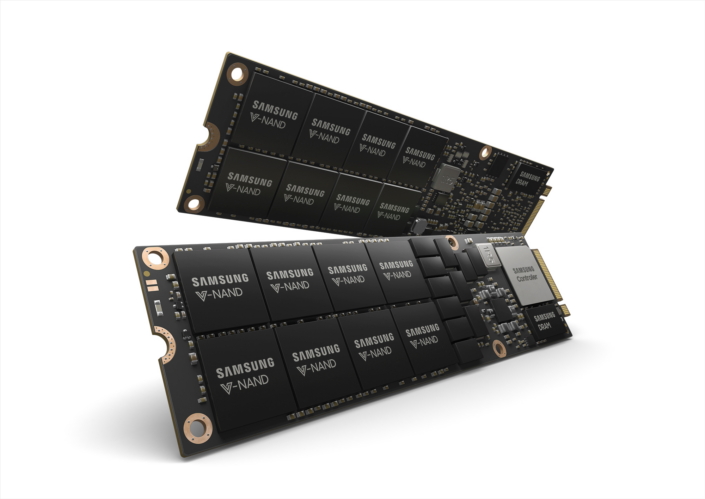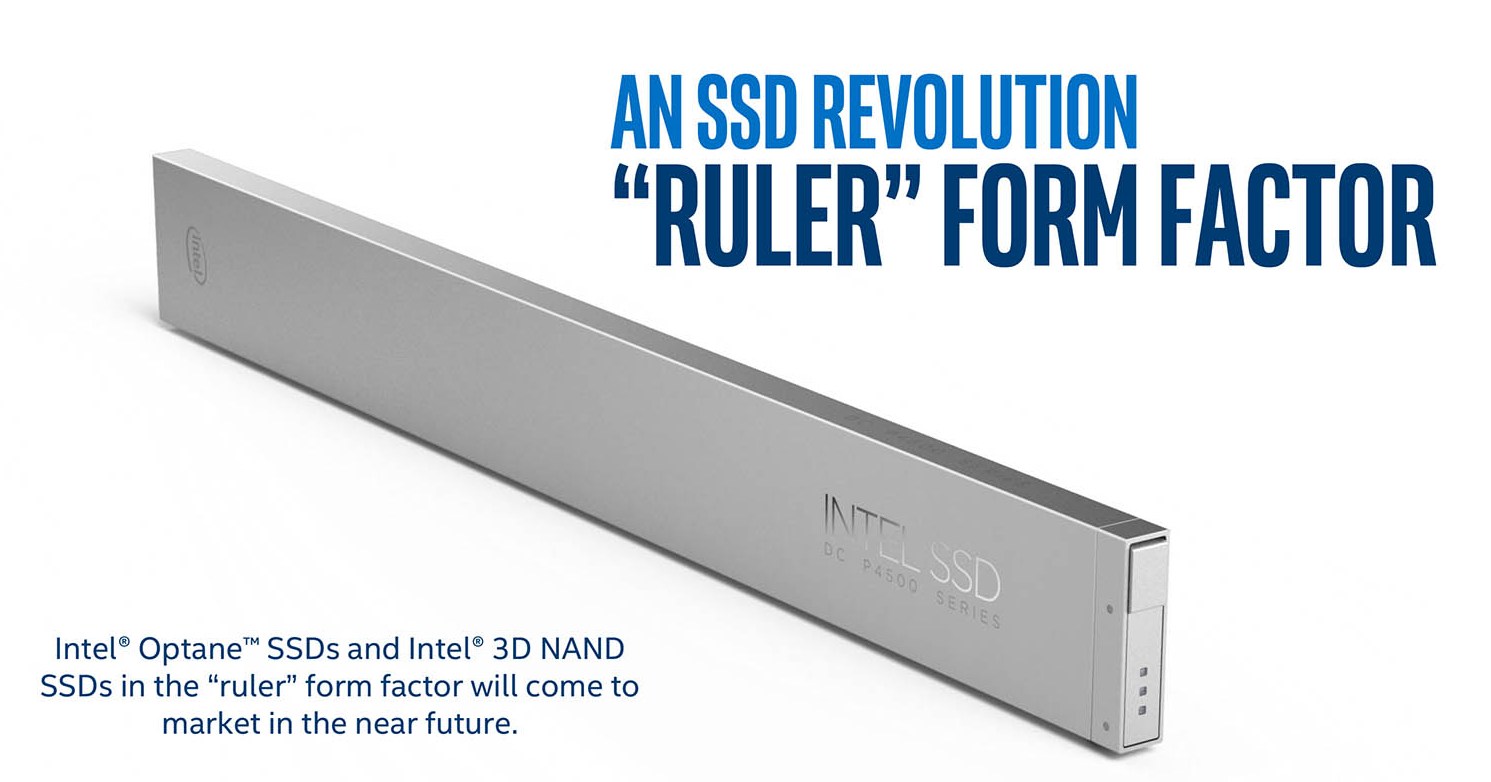
This year's Mobile World Congress is bound to be frenetic with phone news. That's why we're about to brave Barcelona's rain, airline strikes and pickpockets (no offense, dear BCN) in order to stay up-to-date. But if there's one aspect of mobile phones we're not counting on to provide much excitement, it's their fundamental physical design or form factor. We're in the grip of the monolith, the concrete slab, the plain rectangle, with its full touchscreen and a couple of buttons here and there, and that grip is so tight that even the pickpockets are slightly shocked when they haul in something with a physical QWERTY.
But the point of this piece isn't merely to plot the decline of form factor diversity. It's actually to argue that the current monotony is probably only temporary, and that signs of a revival are already in the air. Read on and we'll do our utmost to convince you.
Filed under: Cellphones, Mobile
Comments
 Data centers are about to get a lot more storage efficient. Samsung has launched the industry's highest capacity NVMe solid state drive (SSD) that packs an 8TB punch in an ultra-small footprint of just 11cm x 3.05cm -- twice the capacity of SSDs comm...
Data centers are about to get a lot more storage efficient. Samsung has launched the industry's highest capacity NVMe solid state drive (SSD) that packs an 8TB punch in an ultra-small footprint of just 11cm x 3.05cm -- twice the capacity of SSDs comm...
 Data centers are about to get a lot more storage efficient. Samsung has launched the industry's highest capacity NVMe solid state drive (SSD) that packs an 8TB punch in an ultra-small footprint of just 11cm x 3.05cm -- twice the capacity of SSDs comm...
Data centers are about to get a lot more storage efficient. Samsung has launched the industry's highest capacity NVMe solid state drive (SSD) that packs an 8TB punch in an ultra-small footprint of just 11cm x 3.05cm -- twice the capacity of SSDs comm...
 There aren't many ways to make data center storage exciting, but mentioning a drive that could hold up to one petabyte (1,000 terabytes) comes close. Intel is making the case to swap out old disk-based drives in data centers with SSDs, and as part of...
There aren't many ways to make data center storage exciting, but mentioning a drive that could hold up to one petabyte (1,000 terabytes) comes close. Intel is making the case to swap out old disk-based drives in data centers with SSDs, and as part of...










